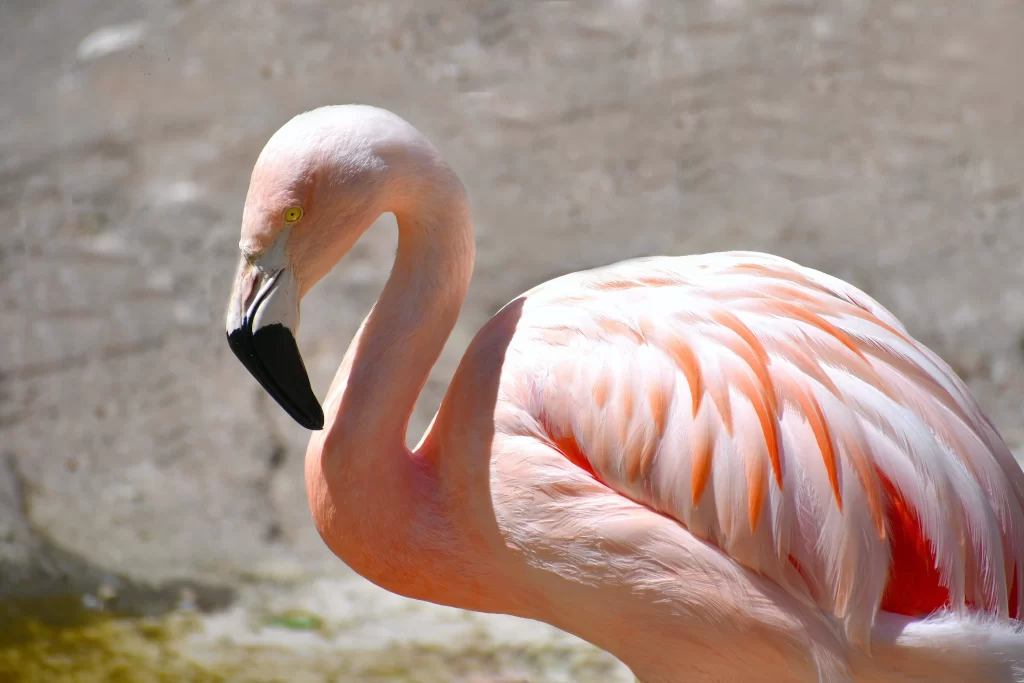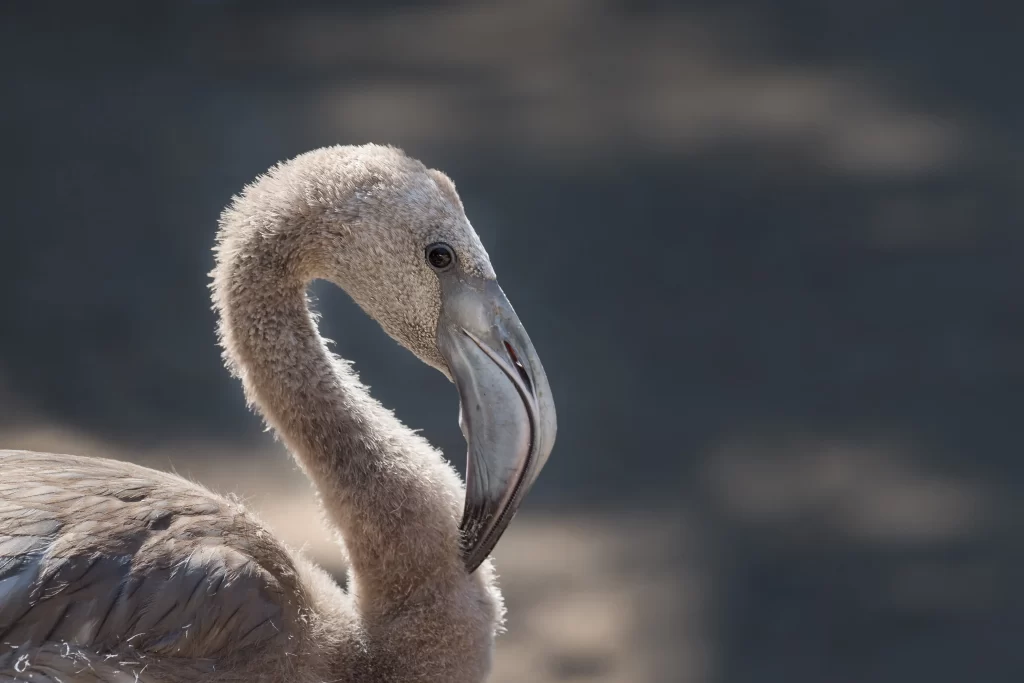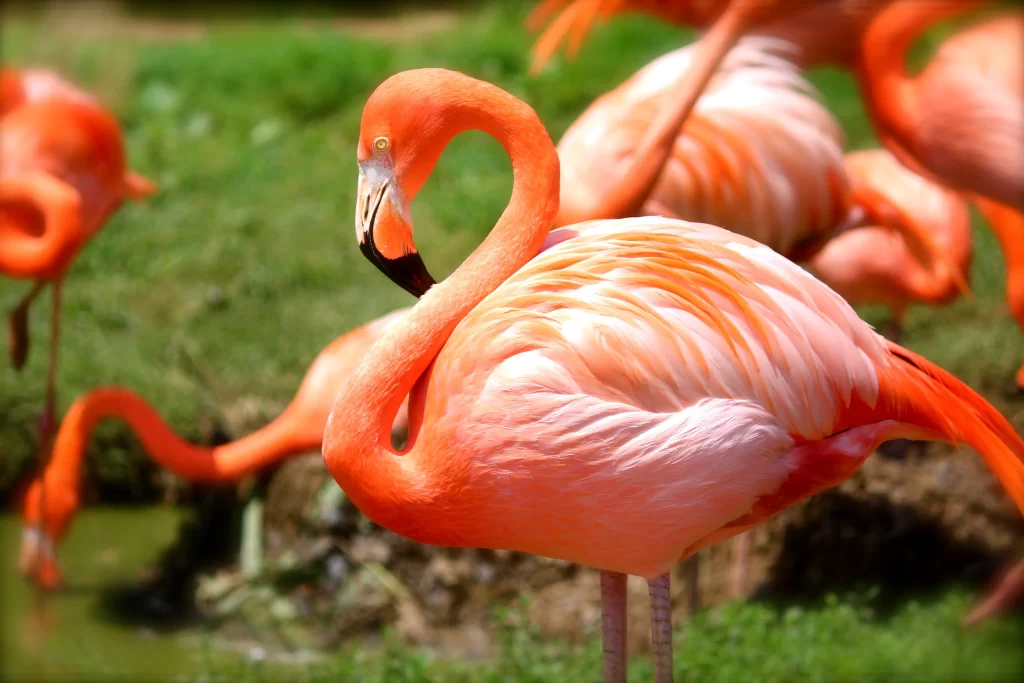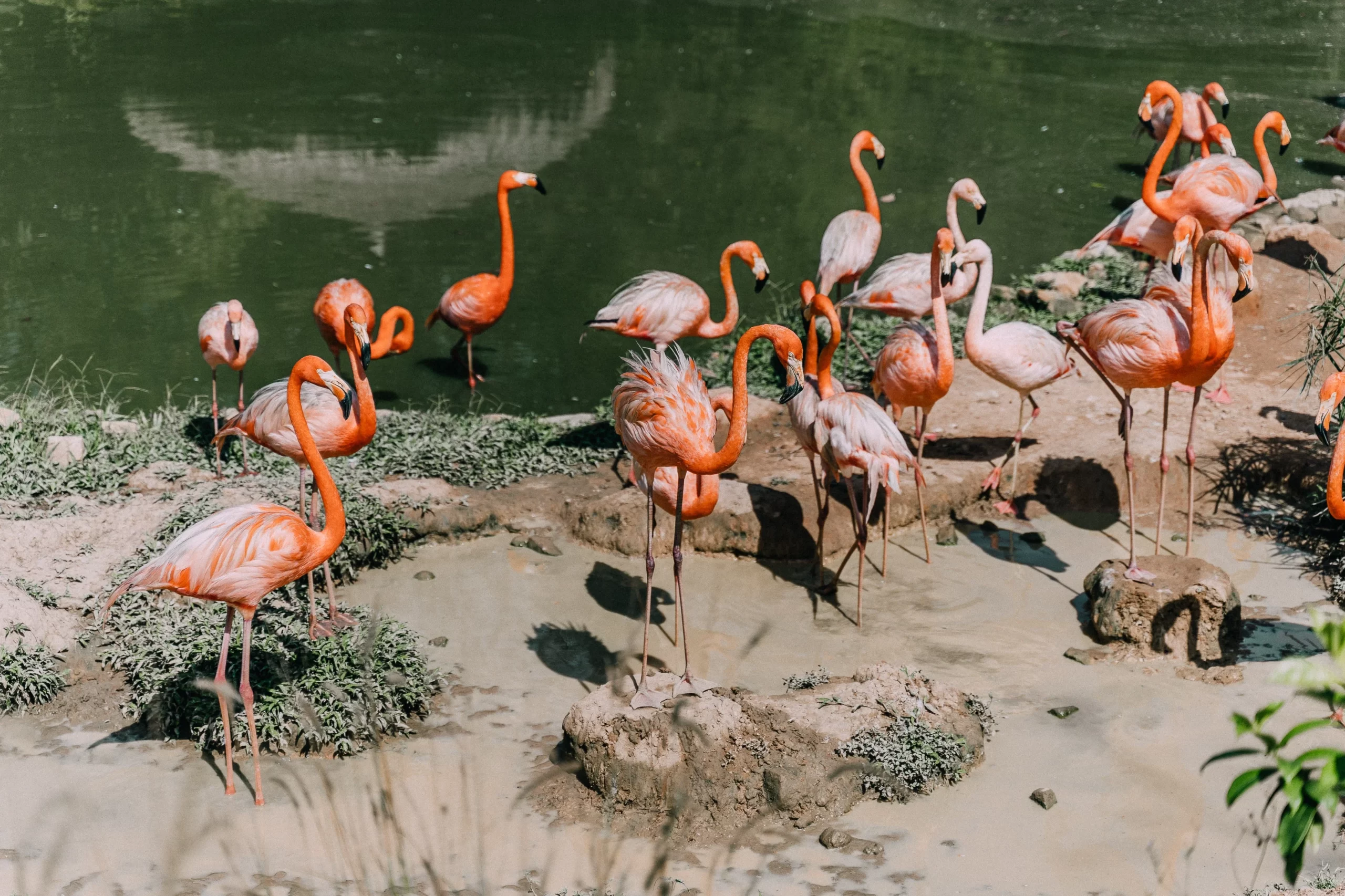Flamingos are among the most captivating birds imaginable. These birds’ striking pink plumage and immense size have made them quite popular. Such popularity has led many to ask, “Are flamingos endangered?”.
Yes, some species of flamingos are endangered. Two species are considered to have a least concern status, three species have a near-threatened status, and one species has a vulnerable status. Flamingos are faced with many different threats, but none are faced with imminent extinction at this point.
Table of Contents
How Many Flamingo Species Exist?
Let’s discuss how many flamingo species exist before we discuss if they’re endangered. Did you know that there are 6 distinct flamingo species? It’s true! Here are the 6 flamingo species that exist:
- American Flamingo
- Andean Flamingo
- Chilean Flamingo
- Greater Flamingo
- Jame’s Flamingo
- Lesser Flamingo
All six flamingo species have unique characteristics and possess distinct distributions.

Here is the breakdown of conservation status for each of the six flamingo species:
Least Concern
- American Flamingo
- Greater Flamingo
Near Threatened
- Chilean Flamingo
- James’s Flamingo
- Lesser Flamingo
Vulnerable
- Andean Flamingo
Why Are Flamingos Endangered?
So, why are flamingos endangered species? Well, there are many reasons for the decline of birds throughout the world, and this fact is no different for flamingos. All six flamingo species face unique and shared challenges with one another. Let’s examine the threats to these endangered flamingos.
Andean Flamingos
We’ll begin with Andean Flamingos – a species that is more threatened than any other flamingo. So, why are flamingos endangered or threatened when it comes to this species? Are flamingos going extinct when it comes to this species?
Well, to understand what made this flamingo endangered, we have to start with the threats that Andean Flamingos face. Yes, there are two primary threats faced by the existing Andean Flamingo population are mining and illegal poaching of eggs and birds. Where are flamingos from that they would be exposed to such threats?
Well, Andean Flamingos feed in high-elevation wetlands and lakes near the Andes Mountain Range. The lakes that they feed in are rich in salt, but they also contain substantial amounts of borax – a compound that is sought by humans.
Borax mining and extraction are detrimental to Andean Flamingo populations, as it disturbs their habitat and impacts their reproductive success.
Moreover, exposing borax and introducing significant quantities of this compound into Andean Flamingo environments is harmful to them. A small amount of borax could cause lasting damage to the physiology of these birds.

Poaching is the other factor that has caused Andean Flamingos to be listed as vulnerable. Being such a beautiful bird has its drawbacks.
The beauty of these animals means that they are in high demand in the illegal pet trade. Adults and eggs alike are captured from their native environments and smuggled out of their native habitats at an alarming rate.
Chilean Flamingos
The population of Chilean Flamingos is near threatened due to many of the same factors that impact others in South America. Are flamingos going extinct in these areas?
Well, habitat loss and habitat degradation in the form of water pollution threaten species such as Chilean Flamingos. The marshes and saline lakes that Chilean Flamingos frequent are often targeted by mining operations. These mining operations destroy habitat and pollute the remaining area.
James’s Flamingos
James’s Flamingos face many of the same threats as their Andean counterparts since the two are closely related and often share habitats. This has caused them to be listed as near threatened. So, what has caused Jame’s Flamingos to be nearing the status of endangered flamingos.
Well, habitat loss is a major reason James’s Flamingo populations have decreased in the last few decades. Mining for various minerals and compounds within their range has been the driving force of this destruction.
Natural occurrences that have been exacerbated by climate change are also known to impact James’s Flamingo populations. For instance, heavy rainfalls may destroy nests.

Lesser Flamingos
Lesser Flamingos are the most common species of flamingo, so why is the flamingo endangered in this case? Well, despite their numbers, they are classified as near threatened due to significant population loss in the last few decades.
Degradation and loss of Lesser Flamingo habitat are largely to blame for this decline in populations. Many of the waters in which these birds forage are being poisoned by heavy metals and other mining practices. Meanwhile, other habitats are being lost to development or activities related to mining.
Lesser Flamingos have an extensive range, being found throughout Africa in nations like Uganda as well as India.
Do Flamingos Have Predators?
Many creatures would love a chance to devour a flamingo, as these creatures are among the tallest birds in the world along with herons, cranes, and storks.
Adults are less prone to predators than young, but they still have to watch out for predators. Those living in Africa are likely exposed to the broadest array of predators.
Lions, cheetahs, leopards, jackals, and hyenas are some of the mammalian predators that would love to prey on a flamingo. Moreover, monitor lizards, crocodiles, birds of prey, and even Marabou Storks will consume flamingos in Africa.
Flamingos in the Caribbean, Central America, and South America need to watch out for minks, cats in the Leopardus genus, raccoons, pumas, birds of prey, alligators, and crocodiles.
Fortunately, these pink and red birds survive in saline habitats that are often too intense for many creatures to handle. Therefore, many potential predators avoid the habitats in which a flamingo survives.
How Long Do Flamingos Live?
Flamingos are among the longest-lived birds. These creatures typically live for anywhere from 10 to 20 years in the wild. As per usual, captive animals tend to live longer than those in the wild. Therefore, the average lifespan of a captive flamingo is commonly upwards of 25 years.
One incredible story showcases the potential longevity of a flamingo. In 2014, the oldest flamingo in the world died at a remarkable 83 years old!
Where Can I See Flamingos?
Now that you’ve read a bit about these dazzling birds, you may be asking, “Where are flamingos native to?”. Well, flamingos can be found in many different parts of the world. Those hoping to observe them can find them in Florida, the Caribbean, Central America, South America, Africa, India, and the Mediterranean.
Flamingos forage in saline environments where crustaceans like shrimp thrive. Therefore, looking for them in coastal marshes, high-elevation saline lakes, or extensive shallow salt lakes would be good places to search for these beautiful birds.
What Can I Do To Help Flamingos?

Flamingos face many challenges to their continued prosperity. Fortunately, there are several things that you can do to help bolster flamingo conservation status.
Keep Your Distance
The extensive distribution of the six flamingo species means that flamingo fans will have plenty of opportunities to see these birds.
Flamingos are captivating, sizable birds, so it may be tempting to approach when you see them. However, the large size and attractive appearance of a flamingo don’t mean that they should be approached.
Flamingos are wary of humans, and repeated disturbance can have negative consequences on these birds. For instance, flamingos that are routinely flushed from a nest may abandon the nest altogether.
Therefore, be sure to keep a respectful distance between you and flamingos when observing these magnificent birds.
Shop With Flamingos In Mind
Compounds like borax and soda ash are mined in the saline environments in which flamingos survive. The extraction of these compounds is quite intensive, leading to the degradation of habitat and potential population loss.
Reducing the demand for these compounds is the best way to put an end to mining operations in flamingo habitats. Therefore, minimizing your consumption of products that include compounds mined in flamingo habitats is a good way to support these birds.
Conclusion
Let’s summarize the main points of this article before wrapping up:
- Are flamingos extinct?
- No, flamingos are not yet extinct.
- Are flamingos endangered species?
- Yes, several flamingo species are endangered.
- Why are flamingos endangered?
- Flamingos are endangered due to habitat loss, poaching, and pollution.

